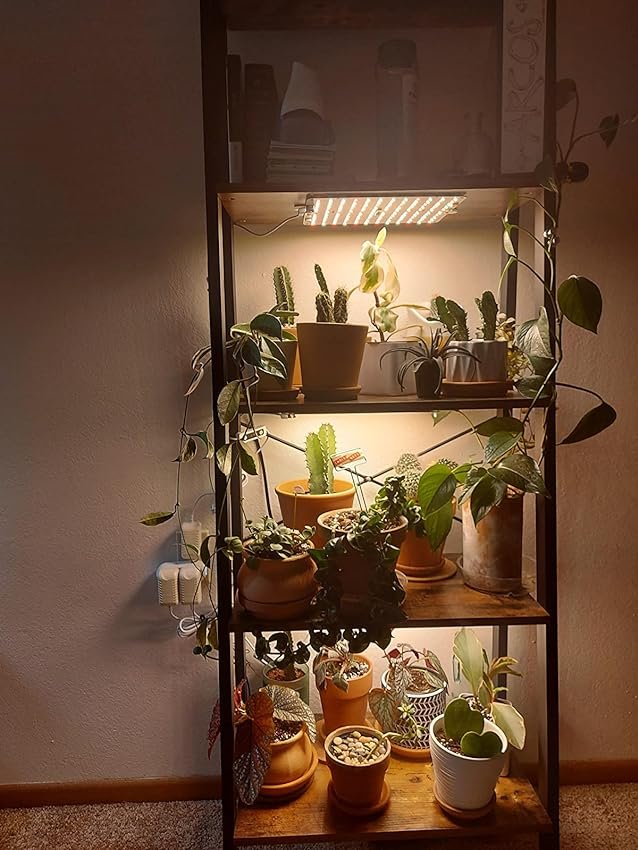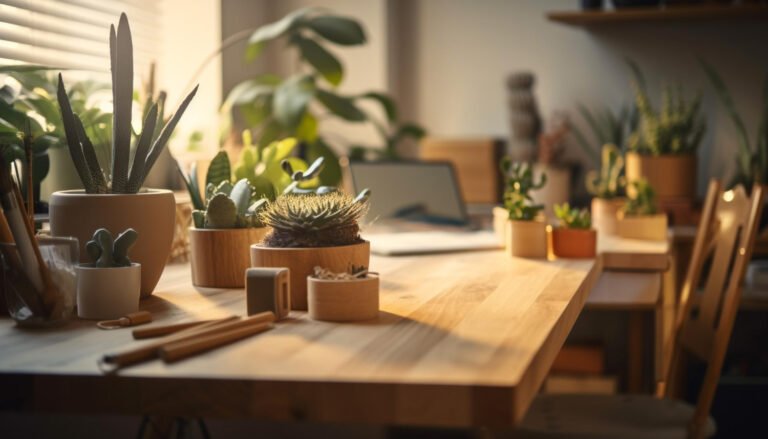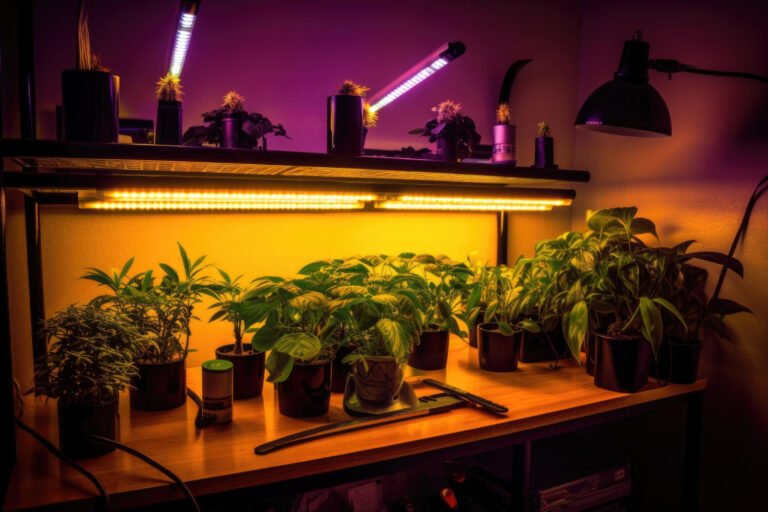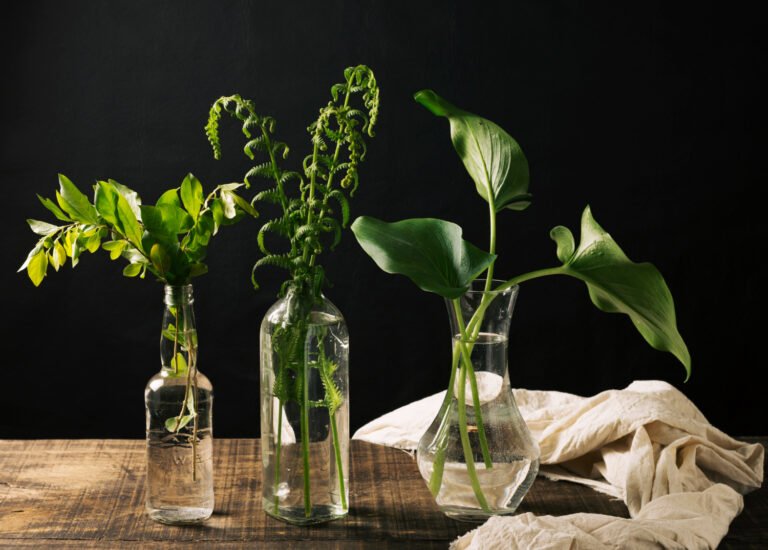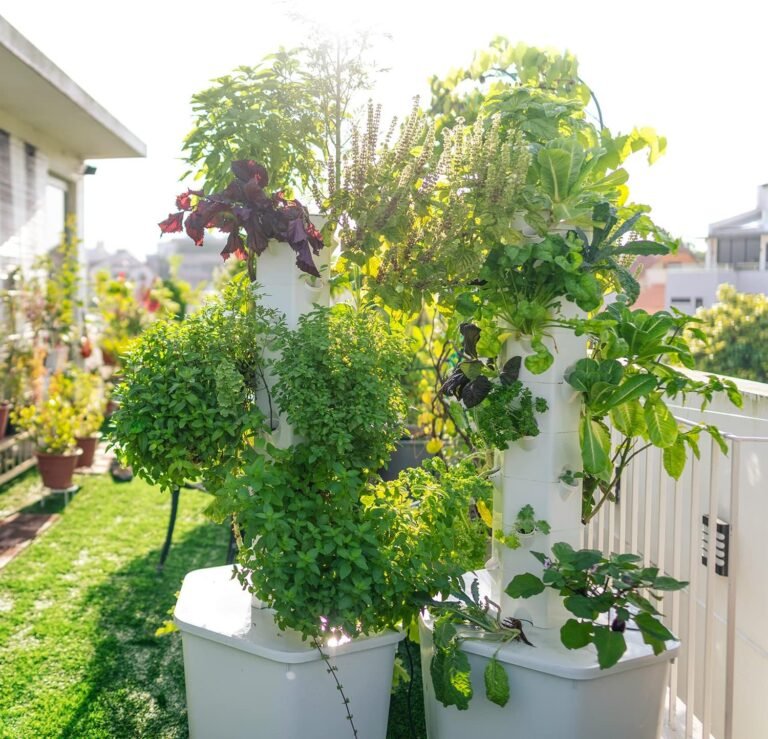Overview
What is hydroponics?
Hydroponics is a method of growing plants without soil, where the roots are immersed in a nutrient-rich water solution. This allows for precise control over the plant’s environment, ensuring optimal growth and yield. Unlike traditional soil growing, hydroponics utilizes various systems such as nutrient film technique (NFT), deep water culture (DWC), and aeroponics. These systems provide a continuous supply of water, oxygen, and nutrients to the plants, promoting faster growth and higher yields. Hydroponics is gaining popularity among home gardeners due to its numerous advantages, including efficient use of resources, space-saving design, and the ability to grow plants all year round, regardless of the Healdsburg climate change initiatives.
What is soil growing?
Soil growing, also known as traditional gardening, is the method of growing plants in the natural soil. It involves planting seeds or seedlings directly into the ground and allowing them to grow using the nutrients present in the soil. Soil provides a rich and diverse environment for plants, offering a wide range of essential minerals and microorganisms that contribute to plant growth. This method is commonly used by home gardeners who enjoy the satisfaction of working with the earth and witnessing the natural growth process. Soil growing allows for greater flexibility in terms of plant selection and is suitable for a wide variety of plants, including vegetables, herbs, and flowers. However, it does require regular maintenance such as watering, weeding, and pest control. Overall, soil growing is a traditional and rewarding approach to gardening that many home gardeners continue to embrace.
Advantages of hydroponics
Hydroponics offers several advantages for home gardeners. One of the key benefits is the ability to grow plants without soil. This means that you can set up a hydroponic system in any location, including indoors or in small spaces. Additionally, hydroponics allows for precise control over the nutrient levels that plants receive, ensuring optimal growth and health. Another advantage is the water efficiency of hydroponics. Compared to traditional soil growing, hydroponics uses significantly less water, making it a more sustainable option. Finally, hydroponics provides the opportunity to tap into new markets. With the increasing demand for locally grown produce, hydroponic farmers can cater to niche markets and offer unique, high-quality products.
Advantages of soil growing
Soil growing has several advantages that make it a popular choice for home gardeners. One of the main advantages is that it is a more natural and traditional method of growing plants. Soil provides a rich source of nutrients and minerals that plants need for healthy growth. It also acts as a buffer, holding water and releasing it slowly to the roots. This helps to prevent overwatering and allows the plants to absorb water as needed. Another advantage of soil growing is that it allows for a diverse ecosystem to develop, with beneficial microorganisms and insects that support plant growth. Additionally, soil growing is a more cost-effective option for home gardeners, as it does not require expensive equipment or specialized knowledge. Overall, soil growing offers a simple and effective way to grow plants in a home garden setting.
Cost and Maintenance

Initial setup costs
When it comes to initial setup costs, hydroponics and soil growing have different considerations. Hydroponics requires a bit more investment upfront, as you’ll need to purchase equipment such as grow lights, nutrient solutions, and a system for circulating water. On the other hand, soil growing doesn’t require as much initial investment, as you mainly need to prepare the soil and purchase seeds or seedlings. However, it’s important to note that the long-term costs of hydroponics can be lower due to higher yields and more efficient use of resources. So, while hydroponics may have higher initial setup costs, it can be a cost-effective option in the long run.
Maintenance requirements
When it comes to maintenance, hydroponic systems have some advantages over soil growing. With hydroponics, you don’t have to worry about weeding or dealing with pests that can damage your plants. Additionally, since hydroponic systems use a controlled nutrient solution, you don’t have to constantly monitor and adjust the soil’s nutrient levels. This can save you time and effort in the long run. However, it’s important to note that hydroponic systems require regular monitoring of pH and nutrient levels to ensure optimal plant growth. So, while maintenance may be less labor-intensive, it still requires attention to detail. Overall, the maintenance requirements of hydroponics are generally easier to manage compared to soil growing.
Water and nutrient costs
When it comes to water and nutrient costs, hydroponics and soil growing have different requirements. In hydroponics, the water and nutrient solution needs to be carefully monitored and adjusted to ensure optimal plant growth. This means that you may need to invest in a pH meter and nutrient testing kits. Additionally, the cost of purchasing the necessary nutrients can add up over time. On the other hand, soil growing generally requires less monitoring and adjustment of water and nutrients. While you still need to water your plants regularly, the soil naturally provides some nutrients, reducing the need for additional supplements. Overall, hydroponics may have higher initial costs and ongoing nutrient expenses compared to soil growing. However, it’s important to consider the long-term benefits and potential higher yields that hydroponics can offer.
Conclusion
In conclusion, both hydroponics and soil growing have their own advantages and considerations for home gardeners. Hydroponics offers the benefits of faster plant growth rate and higher yield potential, thanks to the precise control of nutrient delivery. It also requires less water usage and eliminates the need for soil, reducing the risk of soil erosion. On the other hand, soil growing provides a more natural and traditional approach to gardening, with the advantage of lower initial setup costs and potentially lower water and nutrient costs. It also allows for the use of organic fertilizers and pesticides. Ultimately, the choice between hydroponics and soil growing depends on your preferences, resources, and gardening goals. If you’re looking for a convenient and space-saving option, you may consider the Gardyn Home Kit 2.0, which combines the benefits of hydroponics with an easy-to-use system for indoor gardening.
Plant Growth and Yield

Plant growth rate
When it comes to plant growth rate, hydroponics has a clear advantage over soil growing. With hydroponics, plants have direct access to water and nutrients, allowing them to grow faster and healthier. In contrast, soil growing relies on the natural nutrients present in the soil, which may not be as readily available to the plants. Additionally, in hydroponics, the plants receive a constant supply of nutrients, ensuring optimal growth. So if you’re looking to maximize the growth rate of your plants, hydroponics is the way to go!
Yield potential
When it comes to yield potential, both hydroponics and soil growing have their advantages. While hydroponics allows for precise control over nutrient levels and environmental conditions, soil growing provides a more natural and diverse range of nutrients. This can result in higher yields for certain crops in soil. However, with proper management and optimization, hydroponics systems can also achieve impressive yields. Ultimately, the yield potential depends on the specific plants being grown and the expertise of the gardener.
Nutrient absorption
When it comes to nutrient absorption, both hydroponics and soil growing have their advantages. In hydroponics, plants are provided with a nutrient-rich solution that is directly absorbed by their roots. This allows for faster and more efficient nutrient uptake, leading to healthier and more productive plants. On the other hand, in soil growing, plants rely on the natural nutrients present in the soil. While this may require more time for the nutrients to be broken down and made available to the plants, it can result in a more diverse and balanced nutrient profile. So, whether you’re planning a summer garden or looking to grow plants year-round, understanding nutrient absorption is key to ensuring optimal plant health and growth.
Conclusion
In conclusion, both hydroponics and soil growing have their advantages and disadvantages. Hydroponics offers a controlled environment for plants to grow, allowing for year-round gardening and higher yields. On the other hand, soil growing provides a more natural and traditional approach, with the benefit of nutrient-rich soil. The choice between the two methods ultimately depends on your preferences, budget, and available space. If you’re looking for an affordable and compact option, you might consider the AeroGarden’s Harvest Elite Slim. It’s a great choice for home gardeners who want to try hydroponics without breaking the bank. Regardless of which method you choose, both hydroponics and soil growing can be rewarding and enjoyable experiences for any home gardener.
Environmental Impact

Water usage
When it comes to water usage, hydroponics has a clear advantage over soil growing. In hydroponic systems, water is recirculated and reused, resulting in significantly less water wastage compared to traditional soil gardening. According to a study by Gulf Times news, hydroponics uses up to 90% less water than soil-based cultivation methods. This is because the water in hydroponic systems is constantly monitored and delivered directly to the plant roots, minimizing evaporation and runoff. Additionally, the use of nutrient solutions in hydroponics allows for precise control over the amount of water and nutrients the plants receive, further reducing water consumption. So, if you’re concerned about conserving water while still enjoying a bountiful garden, hydroponics is the way to go!
Pesticide and fertilizer use
When it comes to pesticide and fertilizer use, both hydroponics and soil growing have their pros and cons. In hydroponics, since the plants are grown in a controlled environment, there is a reduced need for pesticides as compared to soil growing. This is because pests and diseases are less likely to affect the plants in a hydroponic system. However, hydroponics requires careful monitoring of nutrient levels to ensure that the plants receive the right amount of nutrients. On the other hand, in soil growing, pests and diseases can be controlled through the use of pesticides, but there is a higher risk of nutrient leaching and runoff, which can have negative environmental impacts. It is important for home gardeners to consider these factors and choose the method that aligns with their preferences and gardening goals.
Soil erosion
Soil erosion is a significant concern in traditional soil growing. When heavy rains or strong winds occur, the top layer of soil can be washed away, leaving the plants vulnerable and reducing the fertility of the remaining soil. Hydroponics, on the other hand, eliminates the risk of soil erosion as plants are grown in a soilless medium. This means that you can enjoy gardening without worrying about losing valuable topsoil. Additionally, hydroponics allows for better control over nutrient absorption, resulting in healthier plants and higher yields. With hydroponics, you can have a thriving garden while minimizing the environmental impact of soil erosion.
Conclusion
In conclusion, both hydroponics and soil growing have their own advantages and disadvantages. Language should be English. Hydroponics offers the advantage of faster plant growth and higher yield potential, while soil growing provides a more natural and traditional approach to gardening. The choice between the two methods ultimately depends on your preferences, resources, and gardening goals. Whether you choose to grow hydroponically or in soil, the most important thing is to enjoy the process and have fun cultivating your own home garden!
The Environmental Impact section of our website focuses on the effects of human activities on the environment. We explore various topics such as pollution, deforestation, climate change, and sustainable practices. Our goal is to raise awareness about these issues and encourage individuals to take action to protect our planet. By implementing eco-friendly solutions and making conscious choices, we can make a positive difference. Visit our website, Home – Grow Plant Ponics, to learn more about how you can contribute to a greener future.


